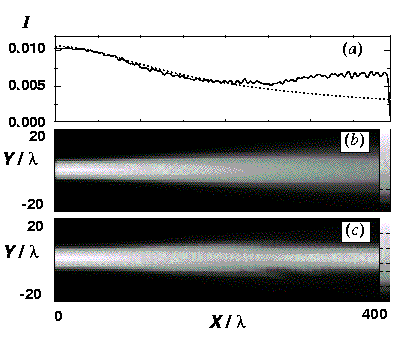
I am interested in all aspects of nonlinear laser-plasma interactions at ultra-high intensities. This is one of the most rapidly growing fields of plasma physics which concerns itself with the nonlinear phenomena which take place when a laser pulse with intensity I > 1018 W/cm2 interacts with matter. At such intensities, the words "matter" and "plasma" can be used interchangingly because of the complete tunneling ionization of what used to be a gas/solid. Moreover, the jitter energy of the plasma electrons is equal to its rest mass (E = mc2 = 0.5 Mev , remember Mr. Einstein?), and electron dynamics becomes strongly relativistic.
Accessing this exotic parameter regime is very interesting from the fundamental standpoint. For example, it is believed that such ultra-relativistic interaction occur in the vicinity of pulsars and during the supernovae explosions. Interestingly, there is a number of real-life applications of the high-field science. One application, plasma-based accelerators, utilizes an important property of the plasma to sustain very large longitudinal electric fields (up to 100 Gev/m). For comparison, the peak accelerating field at the leading high-energy physics facility, Stanford Linear Accelerator (SLAC), is only 20 MeV/m. If the promise of the plasma-based acceleration is ever fulfilled, you can have your own private SLAC in your backyard! But to accomplish that, we have to learn how to excite these fantastic electric fields using high-intensity femtosecond laser pulses.
Below is an almost-chronological smorgashboard of various topics in ultra-intense laser-plasma interaction I have worked on in the past several years.

Back to the Gennady Shvets Homepage